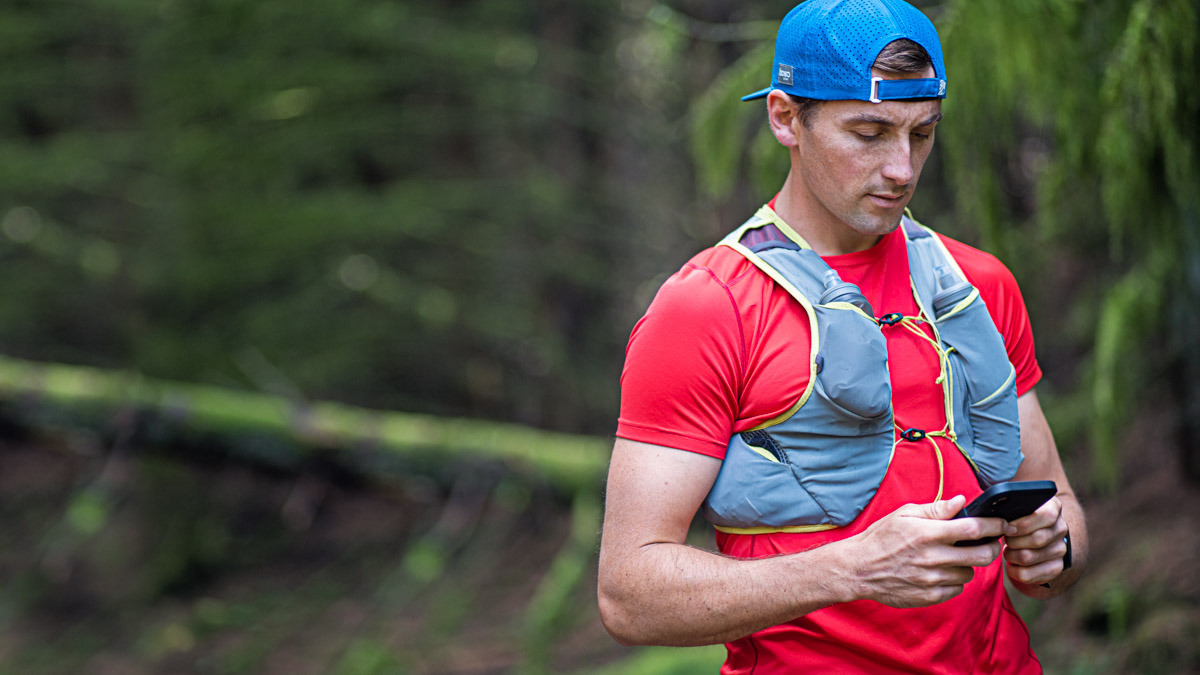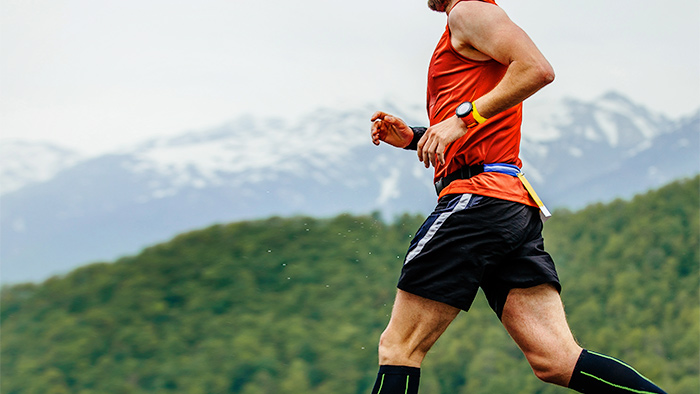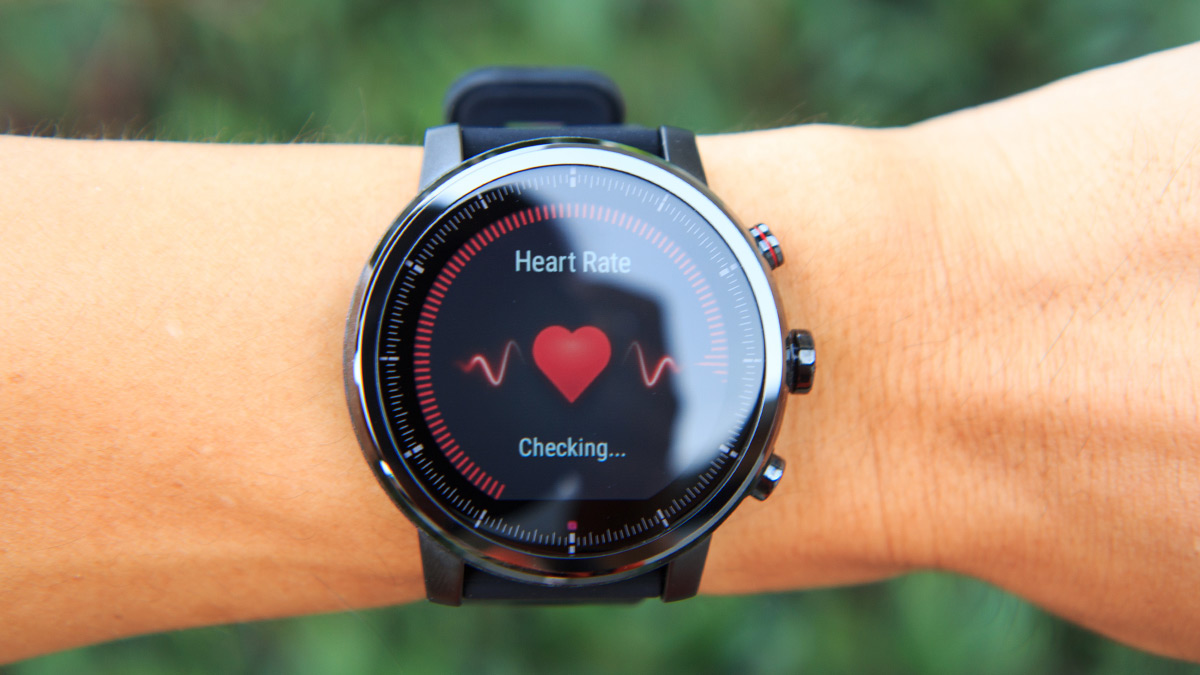Heart rate variability (HRV) is a relatively new method for assessing the effects of stress on your body. It involves measuring the time between heartbeats, which varies as you breathe in and out. Research increasingly links a high HRV (as in, more variation in the intervals between heartbeats) to good health and a high level of fitness, while decreased HRV (more regular, mechanical intervals) is linked to stress, fatigue, and even burnout.
Many athletes think of HRV a tool to avoid overtraining during the build-up to key events. However, HRV is equally capable of detecting other forms of stress on the body. This can be very useful in the off-season, allowing you to fine-tune your lifestyle so that you can recover more quickly when your training ramps up in the spring.
You can reset your baseline ready for the new season
A period of light training will reset your HRV baseline to a known starting point for next season. As the example below shows that, after three weeks, this recreational athlete’s HRV Average has settled at 77.3 and their resting heart rate at 72.6 bpm. These measures were taken in the standing position, hence the relatively high resting HR (it would be 10-15 beats lower lying down, however, HRV is best measured in an upright position). It’s recommended that endurance athletes take their HRV readings in an upright position, either sitting or standing comfortably, just after waking.
Test the impact of lifestyle changes independent of training
As all good scientists will tell you – change just one thing at a time and note the effect! The lack of large training loads allows you to try changing some of the key factors influencing recovery, and find out which have the largest effect:
Sleep
So much has been written about the importance of sleep for recovery, but having a metric like HRV lets you see the effect graphically, and this will reinforce your motivation & commitment to pay attention to sleep hygiene.
Diet
With the festive season upon us, it’s more likely you will observe the negative effects of a poor diet and a little too much festive cheer (e.g. alcohol) but in the post-holiday New Year’s resolution period, the benefit of a diet with more fresh vegetables, fish or reduced refined carbohydrates will make itself visible on your HRV, and help to reinforce good habits going forward.
Stress management
For most recreational athletes (and quite a few elites), mental, emotional and general lifestyle place a bigger stress on the body than training does. So being able to manage stress is very important, not only to give yourself the biggest tolerance for training, but for overall quality of life and happiness in general. Mental stress is caused by the difference between the load placed upon us, and our perceived ability to cope, so there are two ends to work on! Techniques such as mindfulness (i.e. focussing on the present moment), deep breathing, yoga, Pilates and even open water swimming are all powerful tools that improve our perception. You may be surprised at how large an effect one of these has on your HRV.
You can watch your baseline rise with purely aerobic training
Watching your HRV rise (and subsequently your resting HR fall) can act as a powerful motivator to keep the hours of long slow distance coming, when the thought of either going outside in bad weather or facing the monotony of indoor trainers seems an unappealing prospect.
Good HRV software (like the ithlete app) can also help you identify when your training volume is increasing too rapidly, by associating HRV changes with increases in your Acute:Chronic training load ratio (TSB) as shown in the chart below taken from the ithlete Pro™ app. You should also find that as your HRV baseline rises during recovery (The 8-15 of March in this example), so does your resilience to all forms of stress.
You can detect early signs of illness & take action
Training in adverse conditions (especially cold and wet) makes you more susceptible to colds and upper respiratory tract infections. HRV is a great barometer of when your immune system is becoming mobilized and can often give you a day’s heads up that allows you to wrap up warm, take some favored supplements (zinc, vitamin C, honey & lemon, Echinacea, etc.) and get an early night to give yourself the best chance of fighting it off.
The chart below shows an example of sudden sickness following an early-season training camp when the athlete’s immune system was in a weakened state. But it also shows how quickly recovery took place when the training was removed:
Although illness is usually accompanied by a drop in HRV (followed by a spike in resting HR), a well-conducted research study in swimmers showed a rise in HRV a few days before the cold symptoms started. This possibly represents an anti-inflammatory reaction by the body and is something that has been reported to us at ithlete by a few users, so worth looking out for.
Conclusion
If you’re not already a regular HRV user, the off-season is the perfect time to start. In the absence of intensive training, you can experiment with lifestyle changes and build a baseline that will stand you in good stead as a reference for when training intensifies during spring. If you are interested in starting out with TrainingPeaks HRV partners ithlete use this link for an exclusive extended trial.







